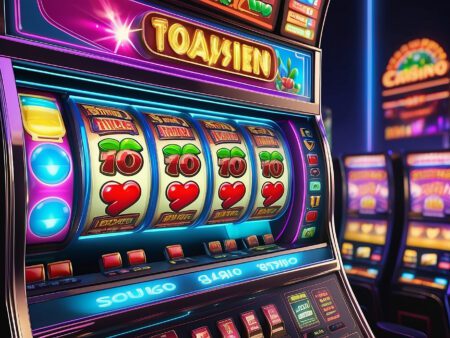Learn how to read your opponents’ poker tells like a pro and gain a significant advantage at the poker table. Discover common poker tells and strategies to effectively read your opponents.
Poker Tells: How to Read Your Opponents like a Pro
Have you ever watched a poker tournament on TV and wondered how the players seem to know what cards their opponents are holding? It’s not just luck or guesswork – they are reading their opponents’ poker tells. A poker tell is a physical or behavioral clue that reveals information about a player’s hand.
In this article, we’ll delve into the fascinating world of poker tells and provide you with valuable insights on how to read your opponents like a pro. Whether you’re a beginner or an experienced player, knowing how to spot poker tells can give you a significant advantage at the poker table.
What are Poker Tells?
Poker tells are physical reactions, behaviors, or patterns of play that unintentionally expose a player’s hand strength or intentions. They can be subtle or obvious, and skilled players are often able to pick up on them and use the information to their advantage.
It’s important to note that not all poker tells are accurate, and players can use fake tells to mislead their opponents. However, by paying attention to a combination of physical and behavioral cues, you can increase your chances of accurately reading your opponents.
Common Poker Tells
While every player is different and may have their unique tells, there are some common poker tells that you can look out for:
- Microexpressions: These are fleeting facial expressions that can reveal a player’s true emotions. For example, a slight smile might indicate a strong hand, while a furrowed brow could signal weakness.
- Body Language: Pay attention to your opponents’ posture, gestures, and movements. A player who leans back in their chair may have a strong hand, while a player who fidgets or appears nervous might be bluffing.
- Verbal Cues: Listen to what your opponents say during the game. A player who hesitates before answering a question or makes a contradictory statement may be uncertain about their hand.
- Betting Patterns: The way your opponents bet can also provide valuable information. For example, a sudden increase in betting size may indicate a strong hand, while a hesitant or small bet might suggest weakness.
How to Read Poker Tells
Now that you know what to look for, here are some strategies to help you effectively read your opponents’ poker tells:
- Observe: Pay close attention to your opponents and try to spot any consistent patterns or behaviors. Take mental notes of their reactions during key moments of the game.
- Context Matters: Consider the context in which the tell occurs. A player who normally acts confident may be bluffing if they suddenly exhibit signs of nervousness.
- Establish a Baseline: Examine your opponents’ behavior when they are under no pressure or when the stakes are low. This will help you establish a baseline for their normal behavior, making it easier to spot any deviations.
- Trust Your Gut: Sometimes, your instincts can be a valuable tool when reading poker tells. If something feels off or doesn’t add up, it’s worth paying attention to.
Avoid Giving Away Tells
As you work on reading your opponents, remember that they are also trying to read you. Here are some tips to avoid giving away poker tells:
- Stay Calm: Try to maintain a consistent demeanor throughout the game, regardless of the strength of your hand. Avoid sudden movements or changes in facial expression.
- Control Your Breathing: Rapid or uneven breathing can be a sign of nervousness or excitement. Practice steady, controlled breathing to maintain a poker face.
- Be Mindful of Your Body Language: Avoid fidgeting, crossing your arms, or exhibiting any other behaviors that might give away information.
- Keep Talking to a Minimum: Limit your conversations during the game, as your words and tone of voice can also reveal information.
Conclusion
Poker tells can provide a wealth of information about your opponents’ hands and intentions. By learning to read these tells, you can make more informed decisions at the poker table and increase your chances of success.
Remember, becoming proficient at reading poker tells takes practice and observation. The more you play and pay attention to your opponents, the better you’ll become at spotting their tells. So, next time you sit down at the poker table, keep an eye out for those subtle clues that can give you the winning edge.










